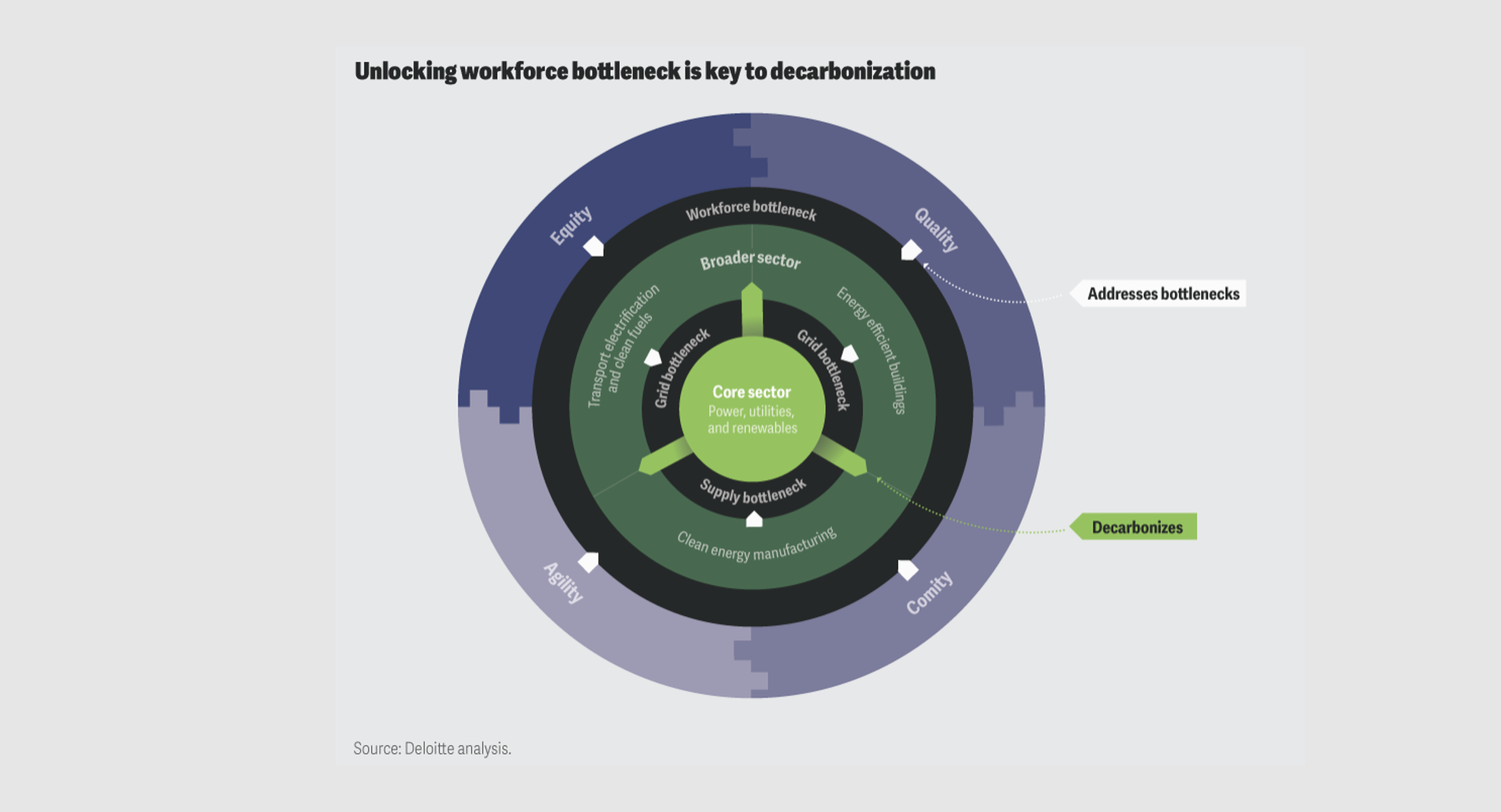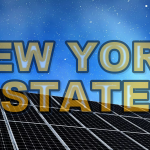Deloitte Report Highlights Growth in Renewables, Challenges for 2024
December 5, 2023
Source Credit: Deloitte Touche Tohmatsu Ltd., POWER
Investments in renewable energy resources across the U.S. continue to grow, supported by increased federal funding, legislation that improves project economics, and growing demand for cleaner energy.
Deloitte, which provides insights and solutions for several industries including the energy sector, on Dec. 5 released its industry outlook for 2024 for renewable energy in the U.S., highlighting opportunities for growth in the clean energy sector while also noting continued challenges for renewable deployment. The group said measures such as the Inflation Reduction Act (IRA) and the Infrastructure Investment and Jobs Act (IIJA) have supported renewable energy while also bringing new issues.
The report said renewables are “in variable-speed takeoff as historic investment, competitiveness and demand propel their development but also exacerbate grid, supply chain, and workforce challenges.”
“With the IRA and IIJA acting as catalysts, the infusion of investments into renewable energy generation and clean energy manufacturing are poised to revolutionize the power generation sector, paving the way for decarbonization. The impact of this historic investment will come into fuller view in 2024,” said Marlene Motyka, Deloitte U.S. Renewable Energy Leader and co-author of the report.
Tuesday’s report said that, “In a bifurcated renewable landscape, the solar market brightened in 2023 as wind faced sweeping challenges. The latter bore the brunt of project input, labor and capital cost pressures, interconnection and permitting delays, and transmission limitations. Meanwhile, supply chain constraints started easing as historic clean energy and climate laws took effect.”
Deloitte said renewable energy’s share of U.S. electricity generation remained level this year, at 22%. The report said that by the 2023, “the U.S. Energy Information Administration (EIA) expects utility-scale solar installations to more than double compared to 2022, to a record-breaking 24 GW, and wind capacity to rise by 8 GW.”
Renewables Growing Worldwide
Renewable energy is the fastest-growing generation source globally, according to a recent report from the International Renewable Energy Agency (IRENA) and World Meteorological Organization (WMO). The groups, who on Dec. 3 released their first joint report as part of their participation in the COP28 conference in Dubai in the United Arab Emirates, said they want to “strengthen understanding of renewable energy resources and their intricate relationship with climate variability and change.” The group said the report, which highlights the role of weather and climate information and services as it relates to deployment of renewable energy, “seeks to inform policymaking and hasten the transition away from polluting fossil fuels and towards a cleaner, greener energy future.”
The groups said that 83% of new power generation capacity worldwide in 2022 came from renewable energy, primarily solar and wind. The report said total installed capacity of renewable power accounts for about 40% of global electricity production.
The Deloitte report said U.S. utility-scale solar capacity additions outpaced new capacity from other power generation resources for much of the year, noting that large-scale solar added nearly 9 GW of new capacity between January and August 2023. That was a 36% increase over the same period in 2022. The report said small-scale solar capacity grew by 20%. The report noted that just 2.8 GW of new wind power capacity came online during those eight months, a 57% drop from the same period a year earlier.
An example of solar power’s growth in 2023 comes from Con Edison. The New York-based utility on Monday said its customers are on pace to set another record for solar installations, based on data through the third quarter of this year. The group said Con Edison customers have more than 554 MW of installed rooftop solar power capacity. The utility also said it is setting new records for installations of electric vehicle charge points.
“Con Edison is committed to working with its customers and stakeholders to meet New York’s clean energy goals with the industry-leading reliability our customers expect and deserve,” said Raghusimha Sudhakara, Con Edison’s vice president for Distributed Resources Integration. “We’re thrilled to see our customers embracing solar power, battery storage and EV chargers across our service territory.”
Con Edison said its customers installed 36 MW of energy storage capacity during the third quarter.
Areas to Watch
Deloitte’s report highlighted several areas to watch in 2024 that will impact renewable energy. Those include:
Regulatory boosts and brakes—“Historic investment continues, despite bottlenecks. The tandem push of federal investments flowing into clean energy and the pull of decarbonization demand from public and private entities have never been stronger. Moving into 2024, these forces will enable renewables to overcome hurdles.”
Reshoring clean energy—“Domestic manufacturing is expected to start reshaping supply chains in 2024. A domestic clean energy manufacturing revival is underway as producers reshore to capitalize on IRA tax credits and meet demand from renewable developers chasing domestic content adders. Shortened supply chains may enhance resilience against geopolitical shocks.”
Reskilling the workforce—“Unlocking the bottleneck is key to economywide decarbonization. Sustaining a record 44 GW to 93 GW annual buildout of renewables and domestic supply chain requires growing and (re)training a workforce with the right skills in the right places. Over the past two years, clean energy jobs have grown 10%, faster than overall U.S. employment.”
Renewables as a resilience strategy—“Amid widespread misperceptions, renewables save the day. As the frequency and intensity of extreme weather events, outages, and potential electricity supply shortages rise, renewables have outshined conventional power sources, continuing to generate electricity when the latter are unable to operate.”
Renewable technology, redefined, with a resurgence of underground renewables—“In addition to storage, geothermal and renewable natural gas can increase the resilience of renewable portfolios by creating new synergies between intermittent and baseload renewables, and between electrons and molecules.”
The report said, “The tandem push of federal investments flowing into clean energy and the pull of decarbonization demand from public and private entities have never been stronger. Moving into 2024, these forces could enable renewables to overcome hurdles caused by the seismic shifts needed to meet the country’s climate targets. The uplift and obstacles shaping the year ahead have set the stage for a variable-speed takeoff across renewable technologies, industries, and markets.”
Tax credits enabled by the Biden administration also will support renewable energy growth in 2024 in the U.S., and the report said several “corporations are participating in multinational efforts to push governments to address climate change and accelerate the energy transition.” Deloitte noted that ahead of COP28, the ongoing climate conference in Dubai in the United Arab Emirates, “131 companies with close to U.S. $1 trillion in annual revenue drove a campaign urging governments to phase out fossil fuels by 2035.”
Author/Source Credit: Darrell Proctor is a senior associate editor for POWER MAGAZINE








